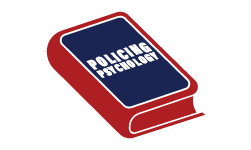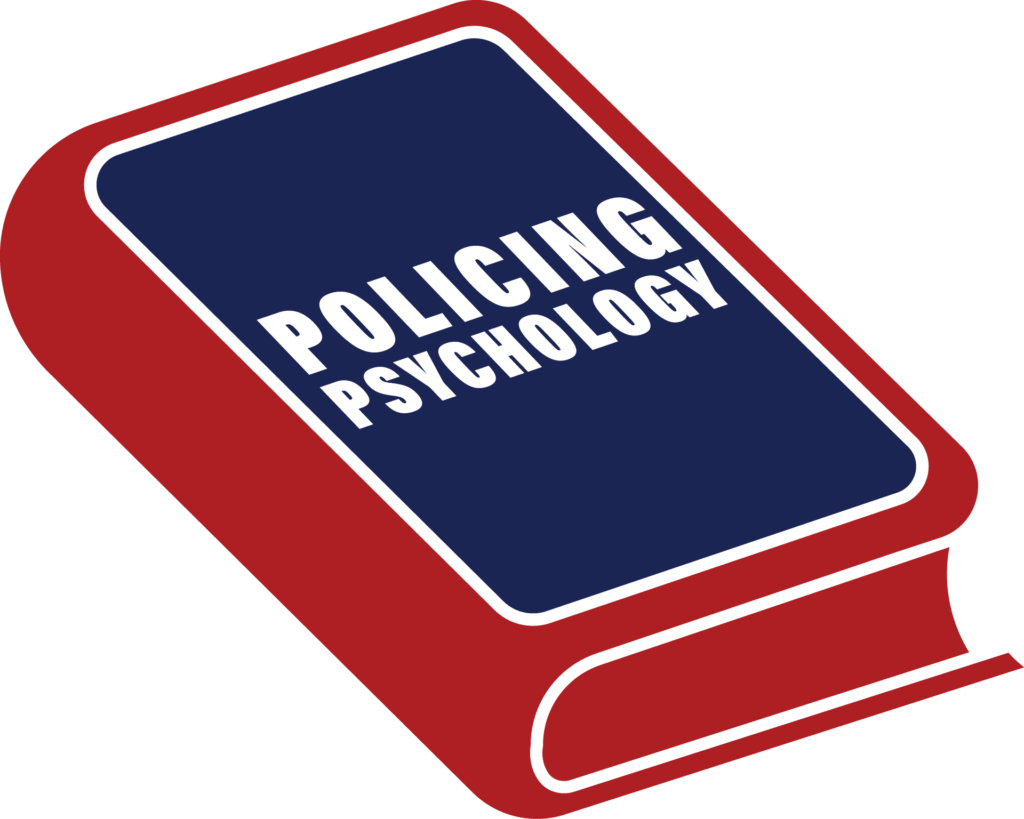Book Recommendation
Shots fired: The psychology behind officer involved shootings by Chuck J. Rylant
Why this book is important:
Chuck Rylant is recognized as an expert in use-of-force, with a PhD in clinical psychology. His dissertation research was titled Decisions Under Pressure: Psychological and Physiological Aspects of Police Use of Force. In this book, Rylant describes the experience of 12 police officers with the true accounts of their officer-involved shootings. The book also describes the experience of the officers after their shootings and the impacts on their personal lives. The officers also describe their thought process both before and after the shooting, while giving advice to other officers.
Inaccurate media portrait of police shootings:
The introduction describes that the narrative presented by the media after officer involved shootings is often very different from reality. Dr. Rylant lists a typical headline as “White Cop Shoots Black Man”, which distorts the public perception of police officers.
ADAM’S EXPERIENCE
Memory distortions:
“Adam said it was easy to remember the incident during the interview, but days later he recalled details he did not initially remember.” This is a common aspect of how our memory works during high-stress situations. It can be hard to grasp that you will only remember some of the details. You can often experience tunnel vision and auditory exclusion due to the high stress. Your brain is so busy trying to keep you alive that you will often be unable to process some of the information that your brain deems not immediately necessary for your survival. It is natural and intuitive that your brain will focus on what it expects will keep you alive.
Panic attack:
Someone asked Adam about his shooting and “my heart started racing like it was going to come out of my chest”. Adam describes symptoms consistent with an anxiety attack including arms tingling and his fingers going numb. Adam also talked about crying for no reason. Anxiety attacks are reactions to stress that are common for officers to experience, but they are often unprepared, as nobody tells them about it ahead of time. This can include not just remembering the incident, but actually re-feeling the same feelings that you experienced during the incident.
PTSD and EMDR treatment:
Adam was involved in a second officer involved shooting. Adam’s wife left him and he was diagnosed with PTSD. Adam started working with a psychologist, who suggested a treatment method called EMDR. Adam stated that within weeks he was feeling better. The psychologist explained to him that “PTSD is like a block in your brain, similar to a dam in a river that stops the flow, but if you open the dam, everything runs smooth.” After treatment Adam reunited with his wife.
BRIAN’S EXPERIENCE
Re-experiencing traumatic events in your dreams:
Brian described his shooting and the lasting side effects of frightening dreams. “It was always a dream where I needed my gun, but it wouldn’t work.” Brian describes some of the dreams with more detail. This is a common response for officers to experience after traumatic incidents, including officer involved shootings. Your brain is trying to prepare you so that it can keep you alive for any future similar incidents.
CHAD’S EXPERIENCE
Resistance to using lethal force:
Chad found himself at a domestic dispute, with a man pointing a rifle at him, while the man had his finger on the trigger. Chad said that if you had asked him before the incident what he would have done, “I wouldn’t said, ‘Blast him.” However, it was not as easy when it happened for real, while looking around a living room full of family pictures and children’s toys. Chad and his partner were ultimately forced to shoot the suspect numerous times, killing the man. This resistance to lethal force is explained in Lt. Col. Grossman’s book On Killing (click here to read that summary.)
Media narrative:
Chad was advised by the Chief of Police not to read the news. However, when he did, he saw that the front page read ‘Cold-Blooded Murder’.
Chad developed PTSD and had suicidal thoughts:
Chad became jaded with police work and left for the military, where he redeployed with the special forces in Afghanistan. Chad reported that he was having panic attacks. Chad concluded that the problem was him. Chad started to sit in his closet with his pistol and contemplate suicide, however, he was torn “with the statistic that one of out of three children end up committing suicide following a parent’s suicide.” High rates of suicidal thoughts have been documented in police officers and other first responders as shown in this study by Carleton et al. (click here to read that summary.)
DEAN’S EXPERIENCE
Stigma and emotional impact:
Dean Spivacke explained the emotional release that he experienced after his shooting. “I wasn’t lying on the ground, crying like a baby, but I remember breaking down for a minute… I was embarrassed by that. I was thinking, ‘What is wrong with you? You’re a cop. Cops don’t cry. You don’t do that.”
Visualization of event ahead of time:
Dean also described the need for officer to prepare for a shooting ahead of time through visualization. Dean described that “you don’t have to practice at the range a thousand times, but you have to have in your head that this could happen.”
Understand psychopathy -there is a violent world out there:
He also elaborated “It’s not my fault. If you do your thing and have to get shot, that’s not my choice. I’m coming home at the end of the day.” Dean also said, “there are fucked-up people walking around this world, and it’s our job to deal with them.”
Summary:
I have only listed a summary of lessons from four of the officers contained within this book. There are many more important lessons, including from additional officers, but it’s not possible to capture them all into one small summary. These are important lessons that officers have learned the hard way and we are lucky to learn from their experiences. I know that I would have benefitted from reading these lessons prior to facing lethal force decisions. I expect that the insights of these officers, who are brave enough to share their experiences, will also help you.
Click below for a link to Chuck Rylant’s website to buy a copy of this book.
Click here to read blog post on lethal force decisions for police officers.

